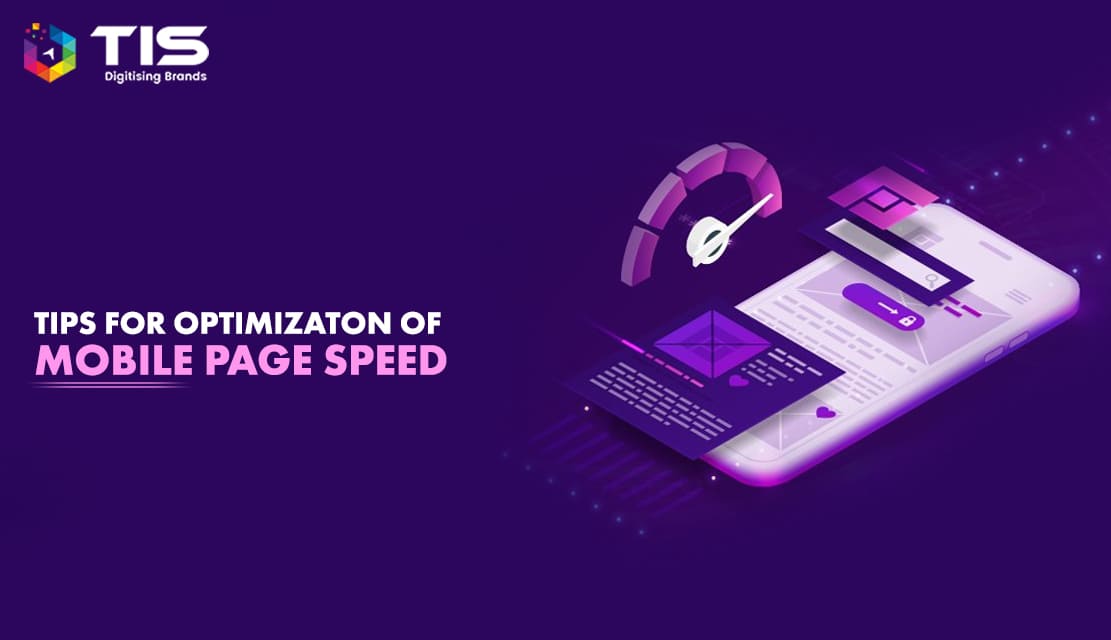
How likely are you to stay on a website that takes minutes to load?
Isn’t switching to fast loading website a far better option and that too when there are ample of such fast-loading websites available just with a single click?
Retailers have reacted well to the scenario; 58.5% of retailers have mobile shopping apps with purchase capability, and 93% of the retailers have mobile websites. It is a great effort when you see these figures. But there is more to it actually.
People shop on the go because they are in a hurry. So your mobile website has got to be faster than your peers. A study claims that an online shopper waits less than 3 seconds for your mobile website to load; if it takes more than that, the consumer is annoyed, he or she gets off your site, decides never to return, and you lose a potential customer and worst of all: Negative word of mouth marketing happens. But as a marketer what can you do about mobile page speed? Technically, nothing!
But you are the one responsible for your brand’s popularity and of course for lead conversion; take the stats for it; you are going to lose it all without great mobile page speed.
79% of online shoppers do not go back to a site they were once disappointed by. So, do interfere in the mobile page design and use the following tactics to increase mobile page speed before it is late.
An average web page consists of hundreds of assets that involve dozens of host servers. A lot of these assets are un-optimized and unmonitored thus unpredictable. Speaking from experience, these assets play a vital role in slowing down the web page.
DOM (Document Object Model) ready time of your site needs to be sped up in order to reduce lag and the resultant bounces. As we are already convinced that the loading time of your page is causing you valuable business, let us be ready to take any measures possible to speed things up.
Decreasing full page load time is proven to reduce bounces and it has to do a lot with your brand’s popularity.
With the advent of HTML5, using your browser’s local storage has become way easier. If you can cache some frequently required data it cancels the constant need of pulling data from the server. It helps your cause in ways more than one.
Content needs time to travel as does everything. Yes, it can travel to Amsterdam from New York in a blink, and thus even a single asset that adds a tiny bit of latency matters a lot.
Things would be so much better if your page could exist on multiple servers throughout the world so that wherever a customer peeps into your site, he or she sees it in full shape before getting annoyed.
Content Delivery Network or CDN can do it for you. It can store your page on servers all over the world so that your page is at a blinking distance from any customer around the globe.
You can avail of Google’s CDN services called ‘PageSpeed Service’ for free for a while but then you will be charged competitively. You can choose any other service at any time; a lot of them are available but none are free. So, if you are truly concerned about mobile page speed as you should be, it is worth the expense.
As we have discussed earlier, JavaScript can increase your DOM ready time. Well, what it also does along with CSS is make your visitors download files to view the page.
Obviously, this adds to the loading time of your page. It is hard to just chuck off JavaScript and CSS from your web page, but surely you can do your bit by minifying them.
Minification involves removing every unnecessary object from the downloadable files. Avoid adding useless comments and get rid of any white space that your JS and CSS files might have and you are good.
You can manually minify JavaScript and CSS but not without the risk of incorporating fresh errors. So, it is wise to take the help of minifying tools.
If your website uses a database that stores loads of consumer information acquired through the site or social media or other sources then your browser goes through real pain when it has to pull out data from the huge storage. Whenever it needs some information it has to browse through hundreds of thousands of records. It takes time.
You can cure this problem by indexing your site’s database. If the things in the database are classified in proper order then it becomes really easy to pull out information as the browser knows where to look.
You, as a marketer, have worked really hard to ensure a strong online presence of your brand; do not let two seconds of delay take it all away. As per statistics, every second of delay costs your website a 7% conversion rate. So implement these tactics and get the wheel spinning.
To wrap up the above points in a nutshell, please go through the below tips:
These tips are tested and applied and many have enjoyed the profits. So, either employ these tactics by yourself or seek professional help from expert website designers. Connect with an expert like TIS today for any further queries and support for your website.